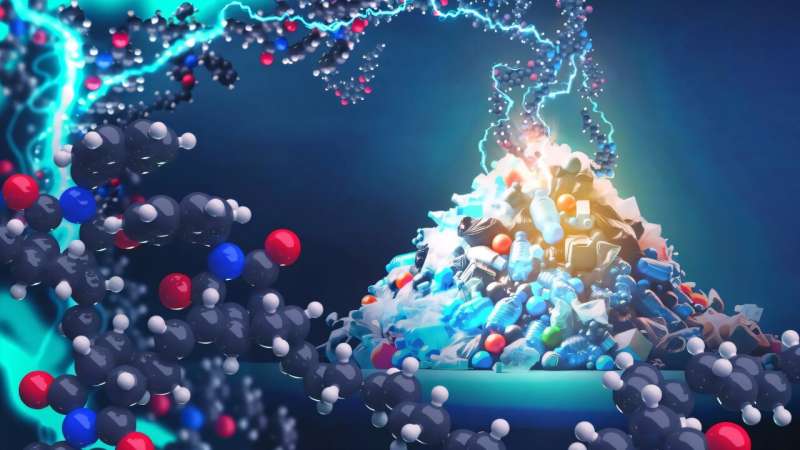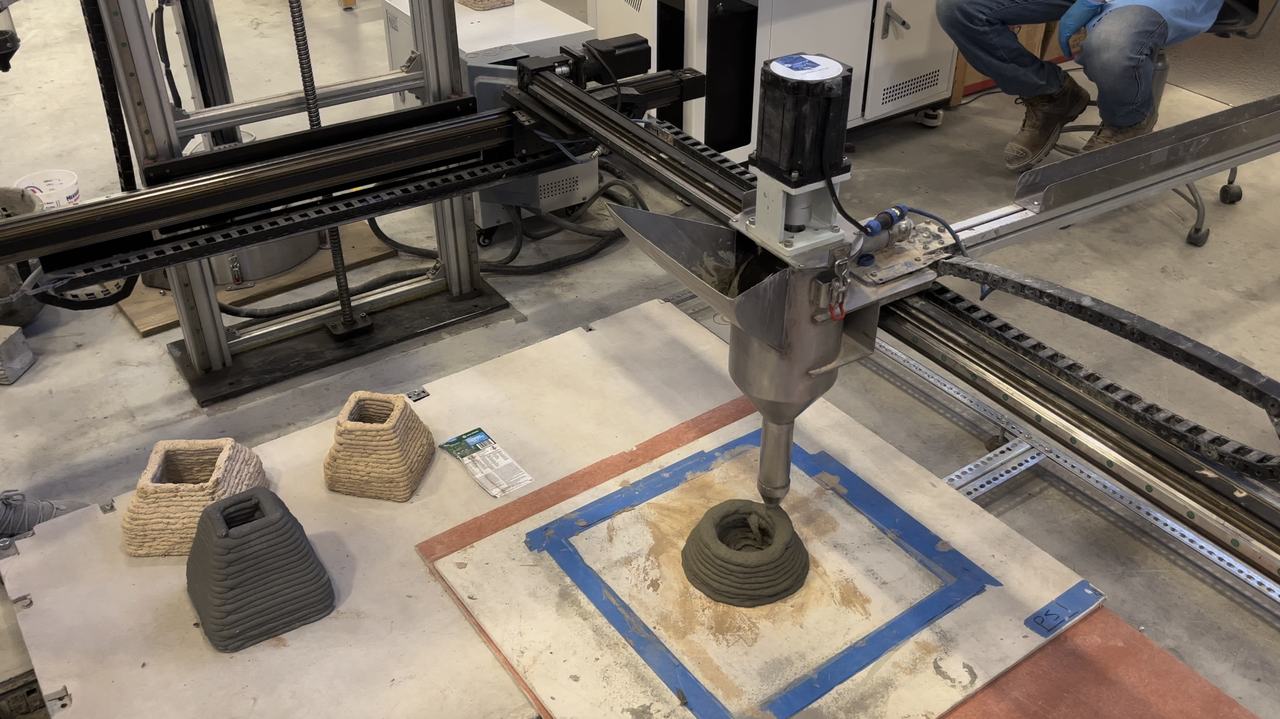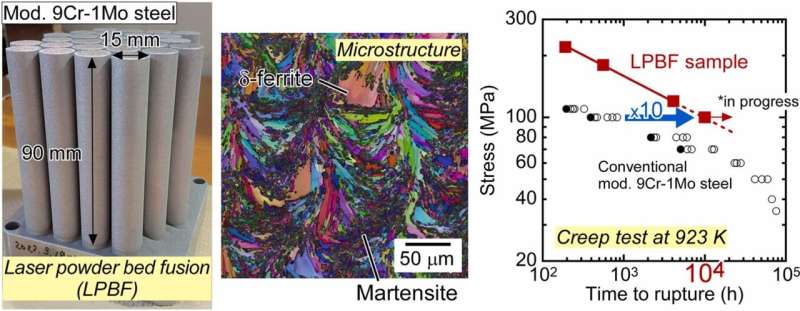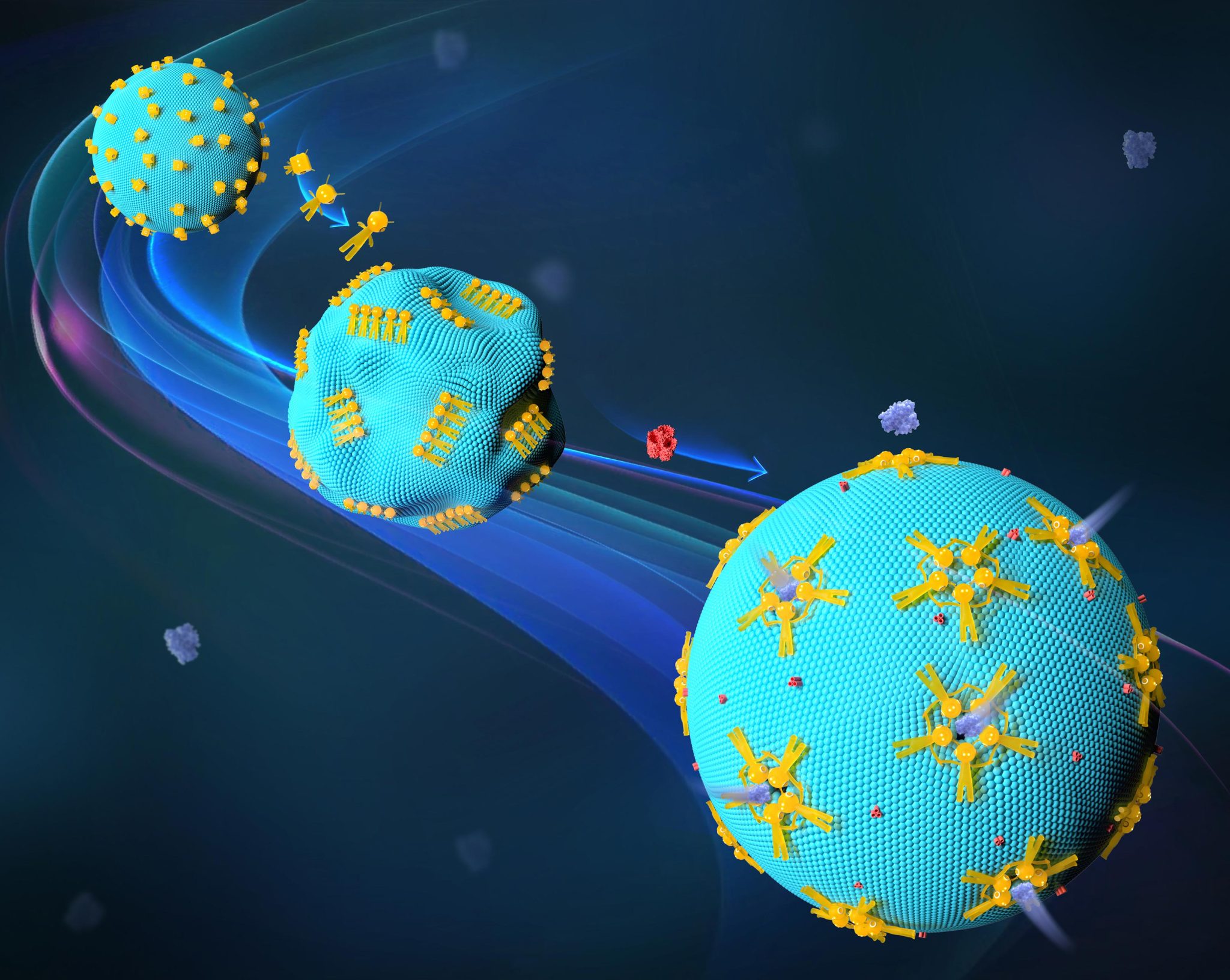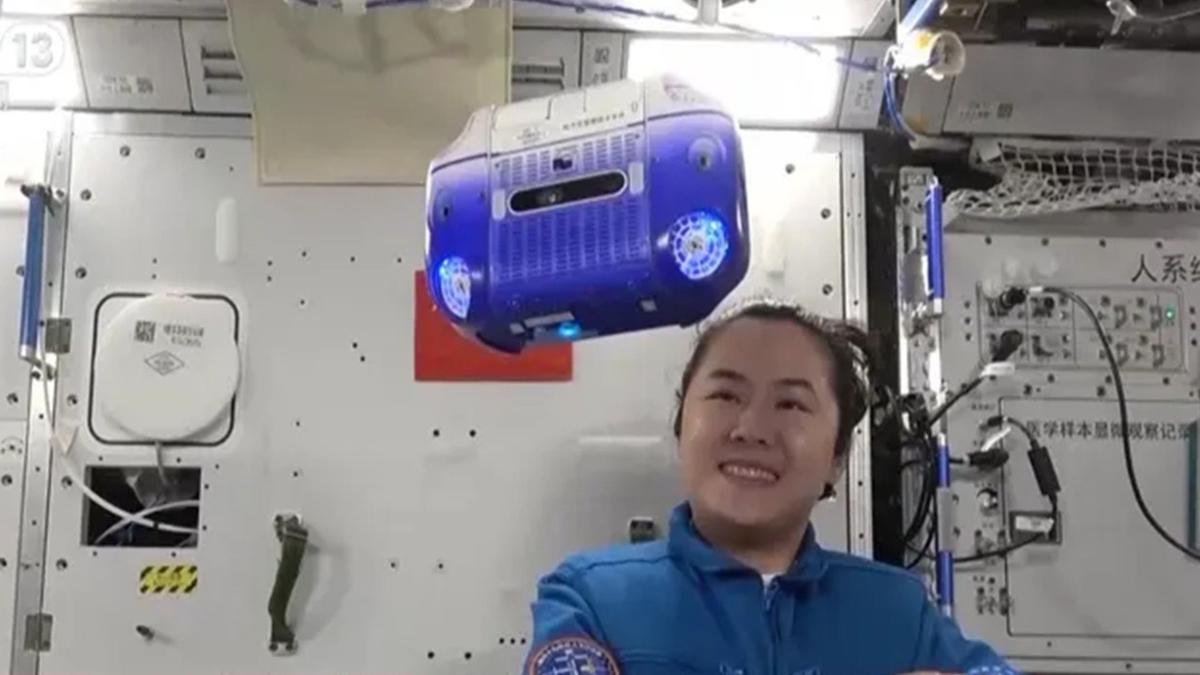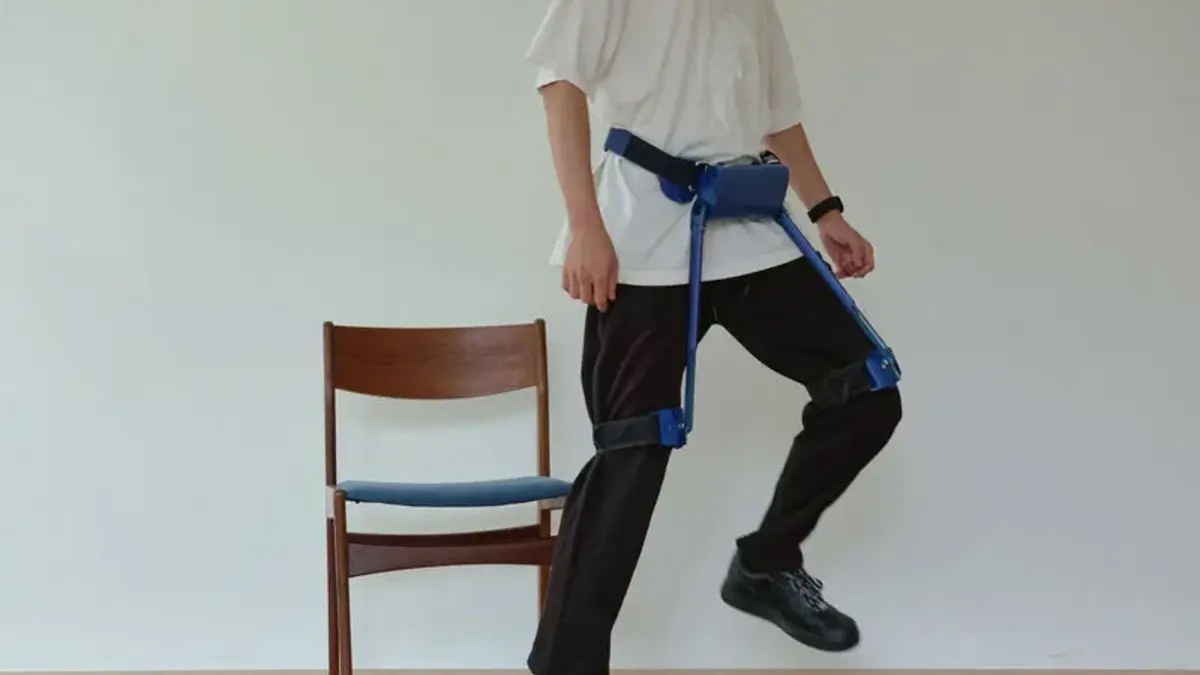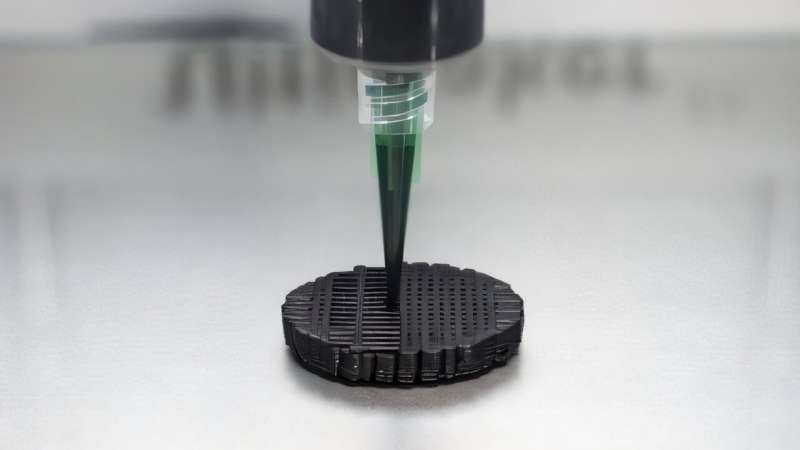Chemists at the Department of Energy’s Oak Ridge National Laboratory (ORNL) have unveiled an innovative method to upcycle discarded plastics, offering a potential solution to the growing global plastic waste crisis. By editing the polymers of common plastic waste, the researchers have created new macromolecules with improved properties, such as greater strength, rigidity, and heat resistance. This breakthrough could dramatically reduce the environmental impact of plastic waste, which amounts to roughly 450 million tons annually, with only 9% of it being recycled. The rest is either incinerated or ends up in landfills and oceans, contributing to environmental pollution.
The new technique, detailed in a study published in the Journal of the American Chemical Society, harnesses molecular editing to rearrange polymeric building blocks, enabling the creation of more versatile and higher-performance plastics from waste materials. The method allows for precise modification of polymer chains, turning low-value, discarded plastics into valuable resources with a wide range of applications.
Continue reading… “Revolutionizing Plastic Recycling: Oak Ridge Researchers Develop Upcycling Method to Transform Waste into Valuable Materials”
